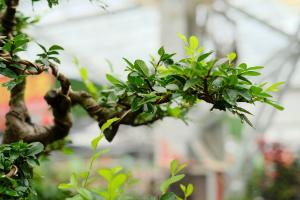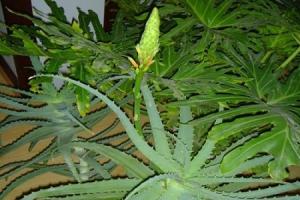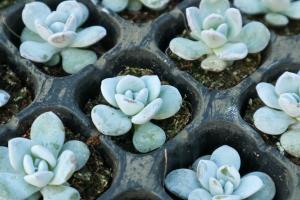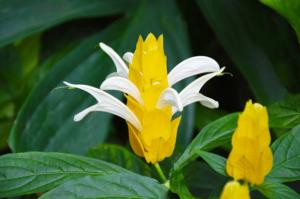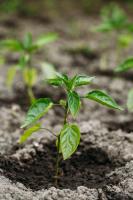How to Water Lavender Plants
Lavender is a beautiful and fragrant plant that adds a touch of elegance to any garden or indoor space. To keep your lavender plant healthy and vibrant, it is important to water it properly. In this article, we will discuss the best ways to water your lavender plant to ensure it stays healthy and happy for years to come.
Understanding Lavender’s Water Needs
The first step in watering your lavender plant is to understand its water needs. Lavender is a drought-tolerant plant that thrives in dry climates. Overwatering lavender can lead to root rot and other diseases. That said, lavender still requires some water to survive and thrive, especially during its first growing season.
When you first plant lavender, it is important to water it regularly to help it establish its root system. Once the plant is established, it can go several weeks without water.
Watering Techniques
When watering your lavender plant, there are several techniques you can use to ensure the water reaches the roots and doesn’t just evaporate in the sun. Some effective watering techniques include:
Soaker hose: A soaker hose is a great way to water your lavender plant. Simply lay it on the ground around the plant and let it slowly release water into the soil.
Drip irrigation: Drip irrigation is another effective way to water your lavender plant. This system uses a series of hoses and emitters to deliver water directly to the plant’s roots.
Watering can: If you don’t have access to a soaker hose or drip irrigation system, a watering can is a great alternative. Slowly pour the water onto the soil around the plant, being careful not to get any water on the leaves.
Watering wand: A watering wand is a handheld device that delivers water to the plant’s roots. It is a good option if you want to water your plant while standing up, rather than kneeling or bending over.
When to Water Lavender Plants
The best time to water your lavender plant is in the morning, when the soil is still cool from the night before. This allows the water to reach the roots before it evaporates in the sun. If you water your lavender plant in the evening, the leaves are more likely to stay wet overnight, which can lead to disease and other problems.
If you live in a hot, dry climate, you may need to water your lavender plant more frequently than if you live in a cooler, more humid climate. Keep an eye on your plant and adjust your watering schedule as needed.
Signs of Overwatering or Underwatering Lavender Plants
It’s important to monitor your lavender plant for signs of overwatering or underwatering. Some signs of overwatering include:
Yellowing leaves
Mushy, soft leaves
Root rot
Some signs of underwatering include:
Wilting leaves
Dry, brittle leaves
Brown, crispy leaves
If you notice any of these signs, adjust your watering schedule accordingly.
Conclusion
Watering your lavender plant properly is essential for its health and longevity. By understanding its water needs, using effective watering methods, and monitoring for signs of overwatering or underwatering, you can ensure your lavender plant thrives for years to come.

 how many times do yo...
how many times do yo... how many planted tre...
how many planted tre... how many pine trees ...
how many pine trees ... how many pecan trees...
how many pecan trees... how many plants comp...
how many plants comp... how many plants can ...
how many plants can ... how many plants and ...
how many plants and ... how many pepper plan...
how many pepper plan...